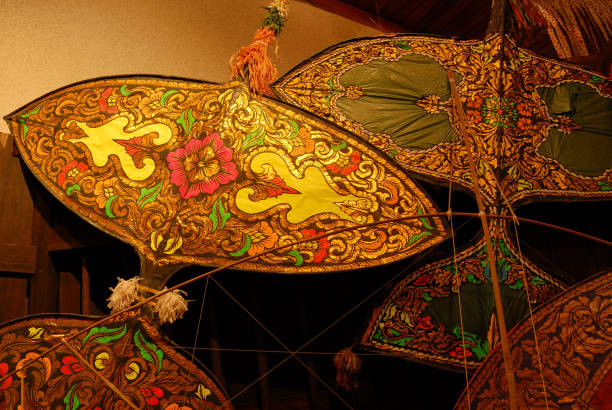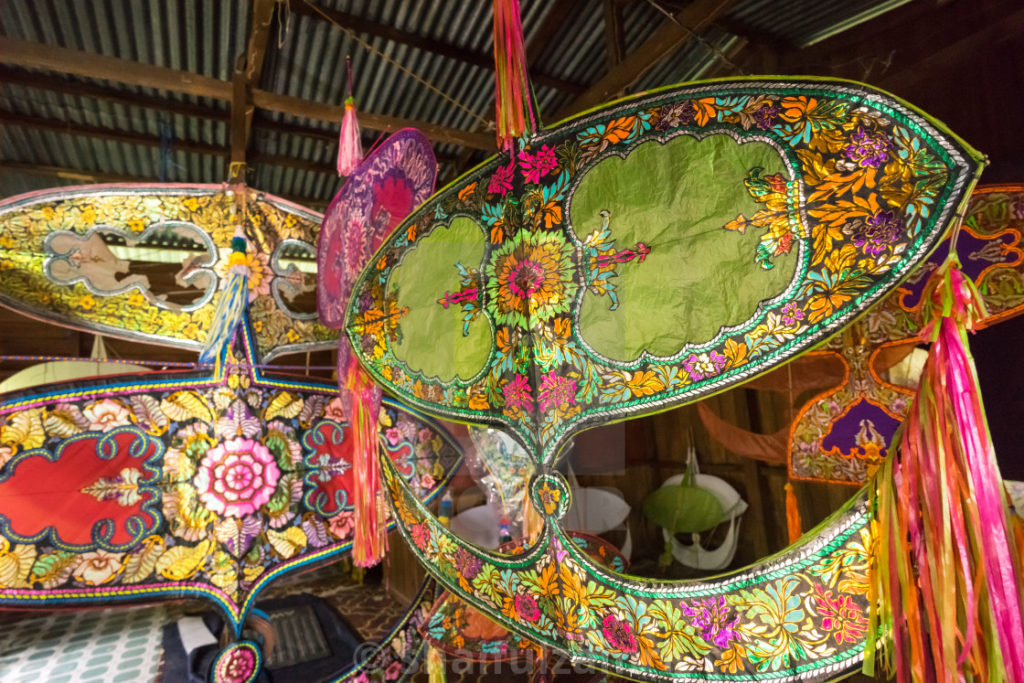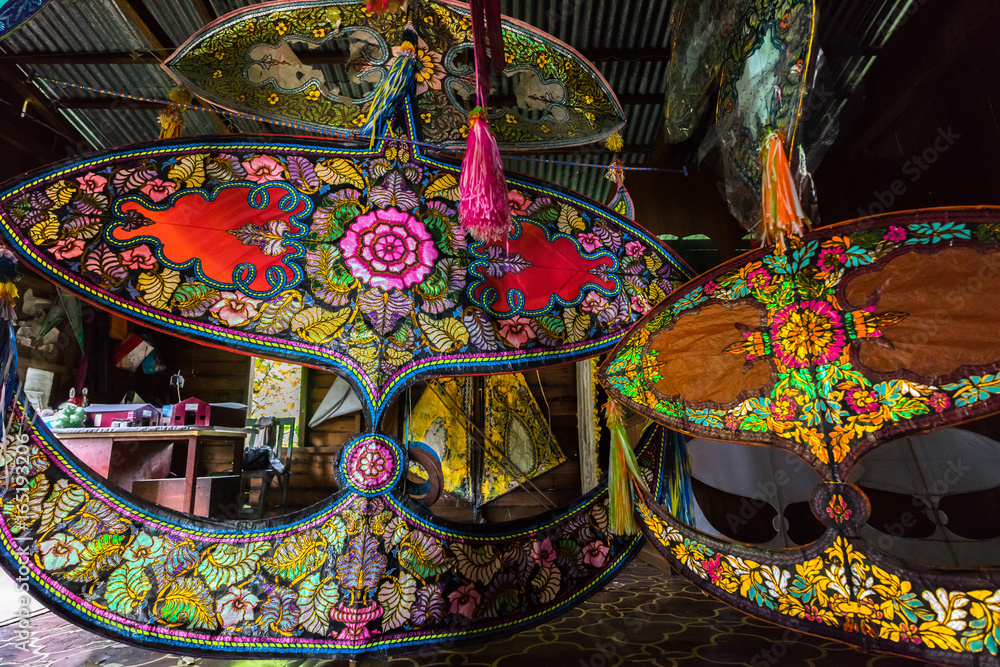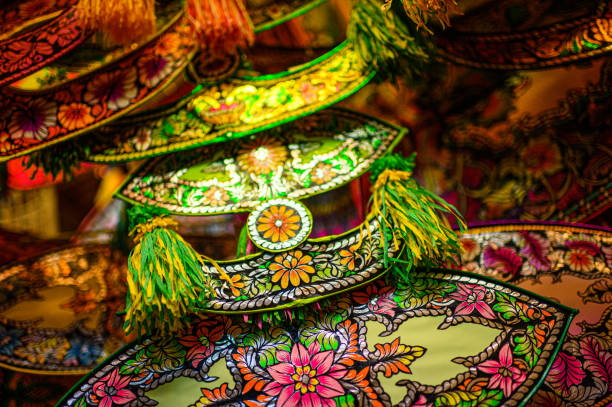The Beauty Of Wau: The Original Story and History
Let us get back in time, where the technology is not fully advanced and people are living blissfully with their own entertainment during leisure time.
Back then, the children mostly enjoyed their time outside by playing traditional games.
Today we are learning more about this specific traditional game called Wau Bulan, or known as moon kite. It is called Wau Bulan as it is a crescent-shaped kite.
This game in particular is easy where one chase the strong wind to rise the kite high. It will soar high and beautifully in the sky, leaving theo thers from below a chance to see it.
As much as the people from the East love and treasure this game, the tradition grow lesser as the country is moving into a great transition where the technology develops and advence from time to time, sooner or later it will become a history.
Although there are others who are determine to keep and teach the community in their own workshops that remain a few in certain areas.
Nonetheless, let's do a quick background check of Wau.
The Original Story

Where do you think Wau was originated from? This traditional kite originally came from the reigns of the East and the North of Peninsular Malaysia, different states such as Terengganu, Kelantan, Perlis and Kedah.
The moon kite upholds pure elements of Malaysian culture, where the shape of the kite, and the variety of patterns yeild on the kite mostly resembles Malay culture.
Wau Bulan comes in different types, such as wau ikan, wau puyuh, wau burung, wau merak, and many more. Each moon kite has it's own specific features. Other than that, this particular kite is bigger than a mordern kite, with a widespan of 3 meters, and are engraved wonderfully and creatively by skillful wau specialists.
The Art Of Making Wau

Every Wau you've seen has been made solely based on the artisan's creativity. The process of creating this big kite takes a lot of patience and determination.
Firstly, the kite must be shaped by weave and sew with small sticks of bamboo. Different types of Wau comes in different shapes. As you're done with the shape of the kite, you will use coloured papers and come out with different colour setting and illustrations on your kite.
This process takes a lot of time and energy, but the sharp skills and a strong mindset, they devoted their heart and passion to make beautiful Waus from time to time.
However, most of these beautiful kites were made to be displayed in exhibitions and decorations for the public to see. Other than that, some activities such as kite flying and kite fighting, they focus less on the design and more to capability for the kite to stay longer in the sky.
The Reality

As this traditional kite held it's name as one of the most popular tradtional games in Malaysia for many years, yet there are people who are not aware of it's existence.
As the new generation are more attract to high-tech hobbies and enjoy the comforts of their own space, it can be difficult for the tradition to be passed down as they view as 'old' or 'not fun'
The Solution

Although we might think there is a small chance in uprooting it's growth. there are ways we can solve this situation.
Among the suburbs, there are some people, or known as wau specialists can be hired to do a kite-making demonstration and techniques at cultural exhibitions for the public to learn and enhance their knowledge. This solution will not only give the wau-specialists high recognition, but it's a good opportunity for the public to see it up-close of this traditional kite.
Other than that, we can make a good use of technology and the Internet for this tradtional piece to be discover, such as online articles for accesible information, tutorial videos for the people to have an ultimate kite-making experience, and educational videos that focus on the history and the story of Wau Bulan itself.
Conclusion
It will take a long period of time and a huge amount of patience and motivation in oreder to preserve traditional games. As some people who aknowledege it, it will be wiser for them to spread awereness as it is their noble duty to keep them alive and preserve for the future generations to come.
Therefore, as a Malaysian it is our duty in preserving the legacy that was carried by our ancestors for years as it will be pass down from generation to another generation and for the country's future.